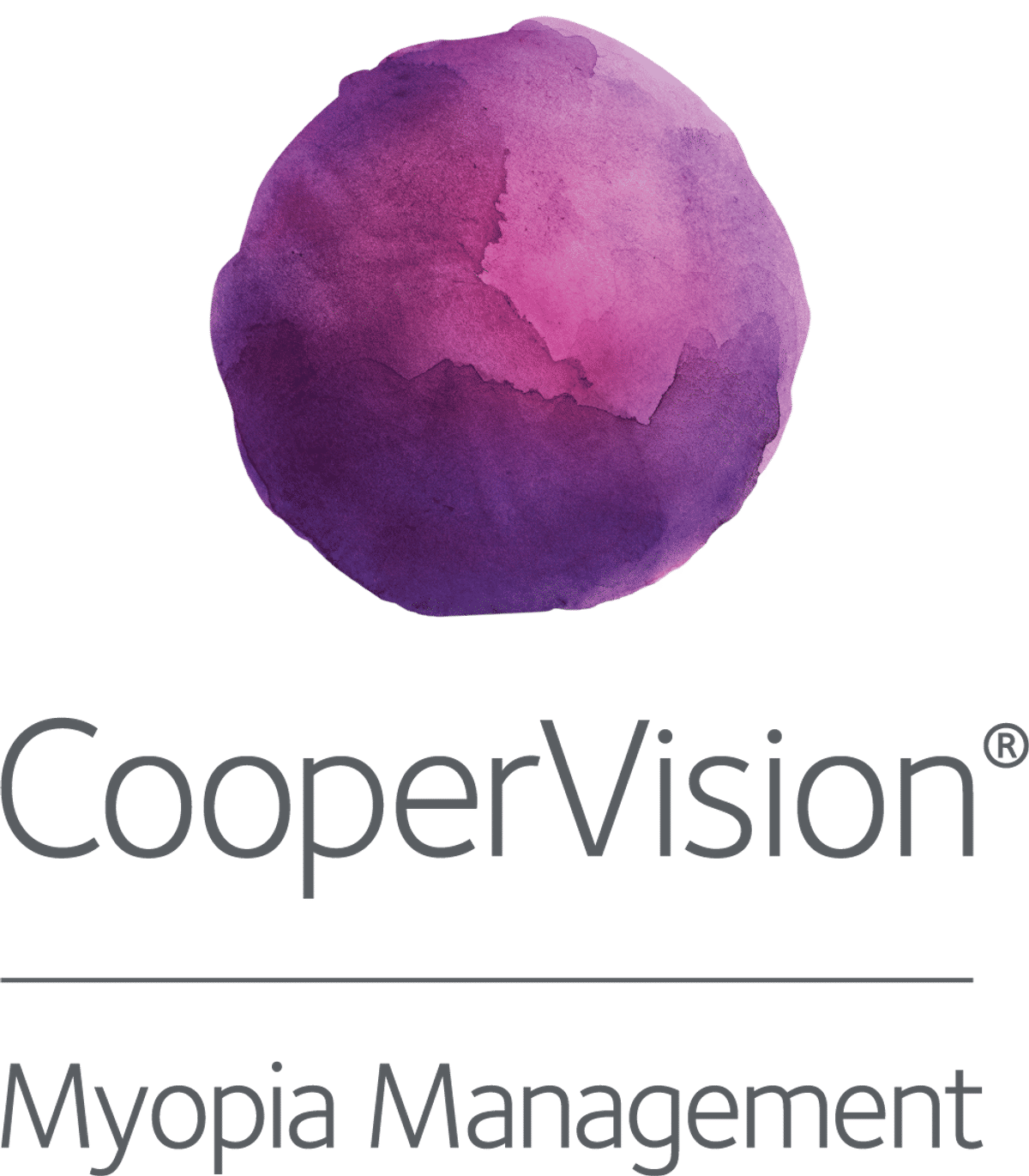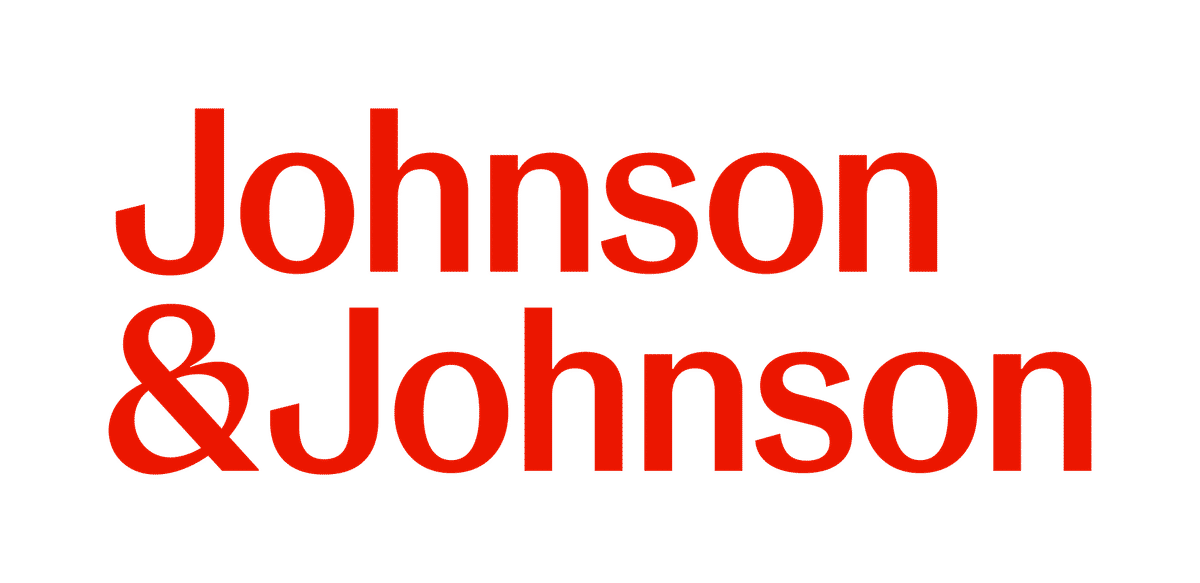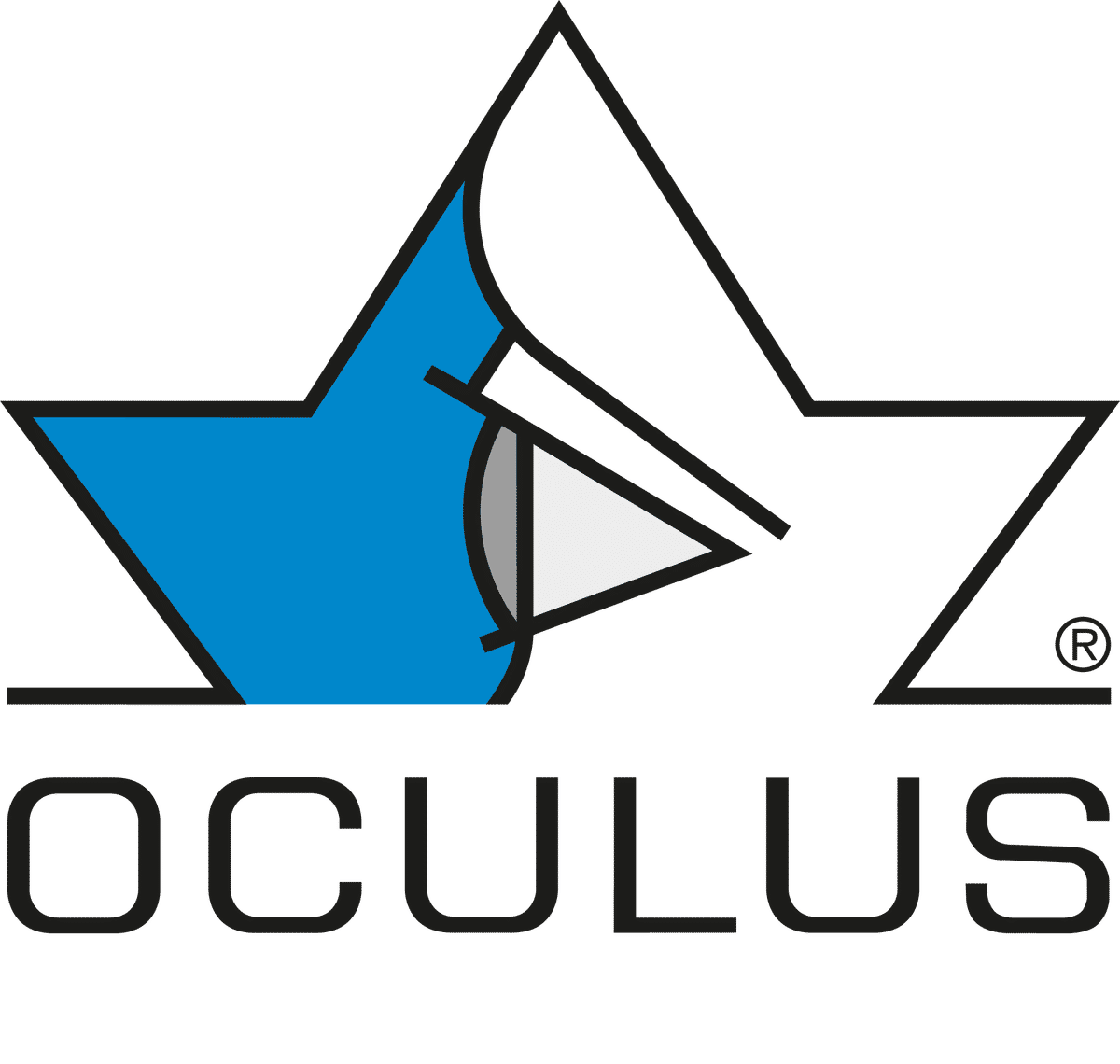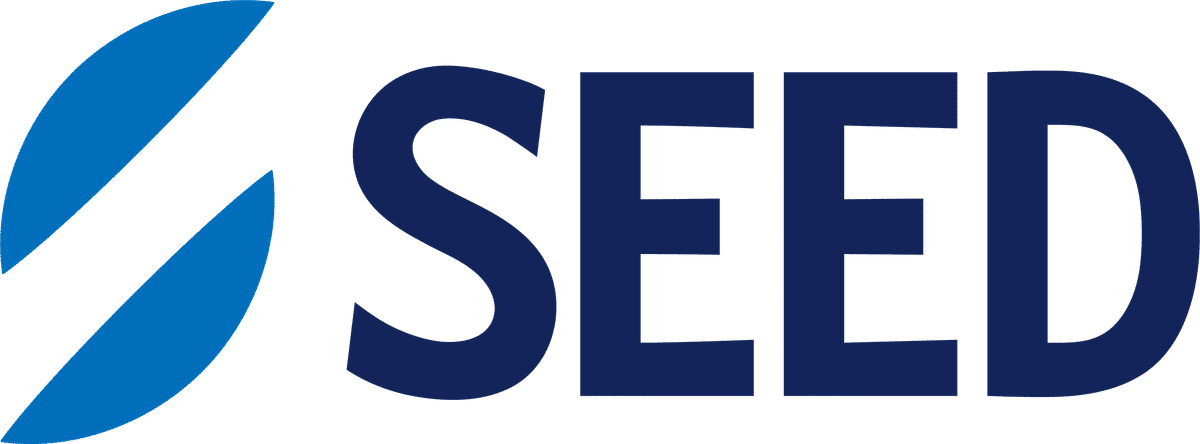Science
SEED EDOF lenses slow myopia in Indian children

In this article:
This study evaluated the effect of SEED 1dayPure EDOF Mid contact lenses on myopia control in Indian children over 1 year. Children wearing the EDOF lenses showed 0.28 D (59%) less myopia progression and 0.11 mm (49%) less axial elongation compared to those wearing single vision spectacles. No adverse effects were reported, and most children tolerated the lenses well.
Paper title: Randomised clinical trial of extended depth of focus lenses for controlling myopia progression: Outcomes from SEED LVPEI Indian Myopia Study
Authors: Manoharan M (1,2), Verkicharla P (1,2)
- Infor Myopia Centre, L V Prasad Eye Institute, Hyderabad, Telangana, India
- Myopia Research Lab, Brien Holden Institute of Optometry and Vision Sciences, Prof. Brien Holden Eye Research Centre, L V Prasad Eye Institute, Hyderabad, Telangana, India
Date: Published online August 22, 2024
Reference: Manoharan MK, Verkicharla PK. Randomised clinical trial of extended depth of focus lenses for controlling myopia progression: Outcomes from SEED LVPEI Indian Myopia Study. Br J Ophthalmol. 2024 Aug 22;108(9):1292–1298.
Summary
Peripheral hyperopic defocus is thought to contribute to axial elongation in myopia,
This was a one-year, prospective, parallel-arm randomized clinical trial conducted in Hyderabad, India. A total of 69 children with myopia between –0.50 D and –6.00 D completed the 12-month follow-up (31 treatment, 38 control). Children in the treatment group wore SEED 1dayPure EDOF Mid contact lenses; the control group wore single vision (SV) spectacles. At baseline, mean age was approximately 11 years, and mean refractive error was –3.28 D in the treatment group and –2.69 D in the control group. Axial length was approximately 24.4 mm across groups. Cycloplegic autorefraction and axial length measurements were taken at baseline and at 12 months. Key findings were as follows.
- Mean spherical equivalent refraction (SER) progression over 12 months was −0.20 D for EDOF lenses and −0.48 D for SV (a difference of 0.28 D), representing a 59% reduction in SER progression with EDOF lenses compared with SV.
- Mean axial elongation was 0.11 mm for EDOF lenses and 0.22 mm for SV (a difference of 0.11 mm), representing a 49% reduction in axial elongation with EDOF lenses compared with SV.
- No major adverse events were reported with EDOF lens wear.
- 82% of participants found the EDOF lenses comfortable; 11% reported occasional dryness and 14% noted temporary visual fluctuations after lens insertion.
What does this mean for my practice?
This study provides encouraging evidence supporting the clinical use of SEED 1day Pure EDOF Mid daily disposable lenses for myopia control in Indian children. Over a 12-month period, these lenses reduced myopia progression by 0.28 D (59%) and axial elongation by 0.11 mm (49%) compared to single vision spectacles. This provides valuable insight into outcomes in this population and aligns with broader evidence showing that ethnicity may not significantly influence the efficacy of myopia control treatments;
From a clinical perspective, the lenses were well tolerated: no major adverse events were reported, and the majority of children wore them for approximately 12 hours per day. While some children experienced mild dryness or temporary visual fluctuations upon lens application, these symptoms were infrequent and self-limiting. The study found no impact of age, baseline refraction, or time spent outdoors or on near work on treatment effect; nonetheless, reinforcing guidance on healthy visual habits remains an important part of myopia management.
For clinicians, these findings support prescribing SEED 1dayPure EDOF Mid lenses as an effective, well-accepted and safe myopia control strategy.
What do we still need to learn?
This study had some limitations that affect the broader interpretation of its findings. First, the control group wore single vision spectacles, which inherently made masking impossible (compared to single vision soft contact lenses) and could have introduced bias or influenced wearing time between groups. Second, approximately one-third of participants were lost to follow-up, largely due to migration and COVID-19 disruptions, which may have influenced the final outcomes despite intention-to-treat analysis. Third, the study excluded children with high myopia (≤–6.00 D), meaning the findings apply only to those with low-to-moderate myopia, although this is not unusual compared to other soft contact lens myopia control studies. Future studies could address these, as well as investigating minimum daily wearing time required for effective treatment.
Abstract
Purpose: To determine the efficacy of extended depth of focus (EDOF) contact lenses for controlling myopia progression in children through a 1-year randomised clinical trial.
Methods: A total of 104 children aged 7–15 years, with spherical equivalent refraction ≤–0.50 D, were randomly assigned to wear SEED 1dayPure EDOF Mid contact lenses (n=48) or single vision spectacle lenses (n=56). Cycloplegic refraction with Shin-Nippon open field autorefractor and axial length with Lenstar LS 900 was determined at the baseline and 12-month visits. The compliance, visual discomfort and dryness questionnaires were administered during the final visit.
Results: Sixty-nine children (control: n=38; treatment: 31) completed the 12-month follow-up visit, with no difference in baseline characteristics between the groups. Mean (SEM) myopia progression in the 12th month was –0.48±0.07 D in the control group and –0.20±0.08 D in the treatment group. Mean axial elongation was 0.22±0.03 mm and 0.11±0.03 mm in the control and treatment groups, respectively. SEED 1dayPure EDOF Mid contact lenses slowed myopia progression by 59% (–0.28 D; p=0.01) based on spherical equivalent refraction and controlled axial length by 49% (0.11 mm; p=0.007) in comparison to single vision spectacle lenses. None of the participants reported any adverse effects. While most of the participants (82%) were comfortable with the contact lenses, 11% reported occasional dryness and 14% experienced mild fluctuations in visual acuity after immediate lens wear.
Conclusion: Daily wear of SEED 1dayPure EDOF Mid contact lenses in Indian children showed a significant effect in controlling myopia progression and axial elongation.
Meet the Authors:
About Jeanne Saw
Jeanne is a clinical optometrist based in Sydney, Australia. She has worked as a research assistant with leading vision scientists, and has a keen interest in myopia control and professional education.
As Manager, Professional Affairs and Partnerships, Jeanne works closely with Dr Kate Gifford in developing content and strategy across Myopia Profile's platforms, and in working with industry partners. Jeanne also writes for the CLINICAL domain of MyopiaProfile.com, and the My Kids Vision website, our public awareness platform.
References
- Tabernero J, Vazquez D, Seidemann A, et al. Effects of myopic spectacle correction and radial refractive gradient spectacles on peripheral refraction. Vision Res. Aug 2009;49(17):2176-86. [link]
- Mutti DO, Sholtz RI, Friedman NE, et al. Peripheral refraction and ocular shape in children. Invest Ophthalmol Vis Sci. Apr 2000;41(5):1022-30. [link]
- Seidemann A, Schaeffel F, Guirao A, et al. Peripheral refractive errors in myopic, emmetropic, and hyperopic young subjects. J Opt Soc Am A Opt Image Sci Vis. Dec 2002;19(12):2363-73. [link]
- Mutti DO, Sinnott LT, Mitchell GL, et al. Relative peripheral refractive error and the risk of onset and progression of myopia in children. Invest Ophthalmol Vis Sci. Jan 2011;52(1):199-205. [link]
- Sankaridurg P, Bakaraju RC, Naduvilath TJ, et al. Myopia control with novel central and peripheral plus contact lenses and extended depth of focus contact lenses: 2 year results from a randomised clinical trial. Ophthalmic Physiol Opt. Jul 2019;39(4):294-307. [link]
- Yelagondula VK, Achanta DSR, Panigrahi S, et al. Asymmetric Peripheral Refraction Profile in Myopes along the Horizontal Meridian. Optom Vis Sci. Apr 2022;99(4):350-357. [link]
- Bullimore MA, Brennan NA. Efficacy in Myopia Control: Does Race Matter?. Optom Vis Sci. Jan 2023;100(1):5-8. [link]
- Biswas S, El Kareh A, Qureshi M, et al. The influence of the environment and lifestyle on myopia. J Physiol Anthropol. Jan 2024;43(1):7. [link]
Enormous thanks to our visionary sponsors
Myopia Profile’s growth into a world leading platform has been made possible through the support of our visionary sponsors, who share our mission to improve children’s vision care worldwide. Click on their logos to learn about how these companies are innovating and developing resources with us to support you in managing your patients with myopia.












